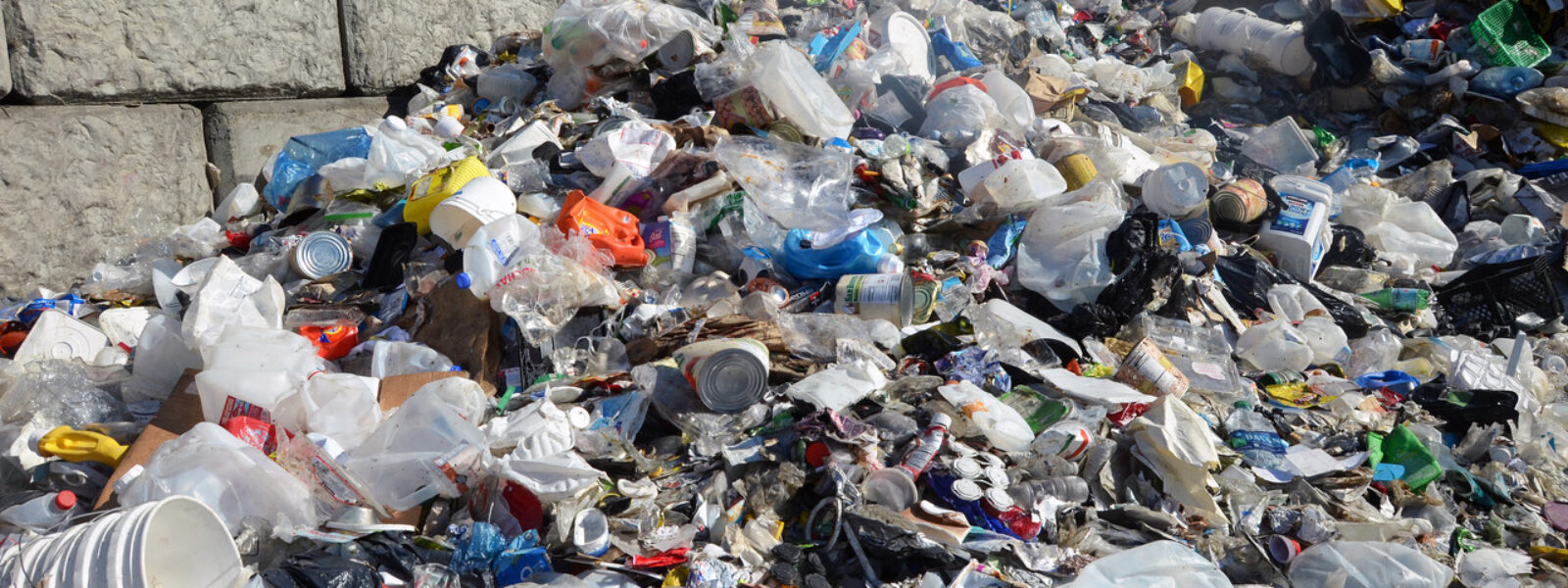

Tara Van Hoorn is an intern with the International Marine Mammal Project of Earth Island Institute and majors in Conservation Resource Studies at the University of California, Berkeley.
The International Marine Mammal Project recently filed a major lawsuit against ten companies responsible for approximately 14% of the world’s plastics found in the ocean.
Studies indicate that today there are more than 5.25 trillion pieces of plastic in our oceans with roughly eight million tons entering the ocean each year, putting hundreds of thousands of marine creatures at risk. To some of them, plastic looks just like the food they are accustomed to eating: grocery bags mimic jellyfish, wrappers resemble small fish, and microplastics look just like plankton floating in the water.
Marine mammals, especially cetaceans, depend upon their sonar to identify food in the ocean, and it is likely that plastics have a similar acoustic profile as their fish and squid prey. As these animals wash up onto the shore with stomachs full of plastic, we can see the deadly damage that this pollution is causing to marine ecosystems.
Around the world, researchers keep finding unbelievable amounts of plastics filling the stomachs of whales, dolphins, and seals in large and small amounts. For example, marine biologists in the Philippines discovered 88 pounds of trash inside the stomach of a Cuvier’s beaked whale that washed up on the shore near Davao. While performing the necropsy, researchers pulled 16 intact plastic rice bags from the whale’s stomach, along with hundreds of other pieces of garbage.

Plastic found in the sperm whale’s stomach in Greece by researchers with the Pelagos Cetacean Research Institute.
Cuvier’s beaked whales, unlike many filter-feeding whales, eat squid and large fish, which can look very similar to a plastic rice bag floating through the ocean, explaining how the whale could have easily mistaken this garbage for its common prey. Sadly, this is not even the worst case we have seen. In Scotland, a juvenile sperm whale was found to have 220 pounds of trash filling its stomach (roughly the weight of a king-size mattress), including fisherman’s ropes, plastic cups, gloves and packing supplies.
These cases are becoming more and more common around the world as marine life of all types -– birds, turtles, dolphins, whales, fish, etc. -– are washing ashore with stomachs filled with plastic. A dead sperm whale washed up on the shores of eastern Indonesia contained over 1000 pieces of plastic in its stomach. In Spain, a sperm whale washed up with 64 pounds of plastic in its stomach. On the pristine Greek island of Mykonos, a sperm whale’s stomach was filled with 135 different pieces of plastic.
These whales, however, were more resilient to plastic pollution than others. As seen in numerous cases around the world, it only takes a couple of pieces of plastic to kill an animal. In the UK, a dead seal died due to one small square inch piece of plastic blocking digestion in its stomach. In Florida, a dolphin was killed by two plastic bags and a balloon. Plastics of all shapes and sizes, even the ones we cannot see, can be deadly to marine life. As these plastic occurrences have become more common, we have learned that nowhere in the world is safe from this plastic danger.
When ingested, plastic is unable to be broken down by the body, causing it to remain intact in the stomach. This plastic bioaccumulates, gathering in large quantities in the stomachs of top predators, but this accumulation process also starts lower on the food chain. Studies have shown that even krill and zooplankton are eating microplastics in the water, which are then passed up the food chain.
Plastics large and small can fill up the stomachs of these organisms, leaving no room for real food or blocking intestines from digesting nutrients, causing the animals to starve to death. Therefore, those at the top of the food chain are at the highest risk, even humans, in ingesting fish and other marine life with accumulated plastic. UC Davis researchers recently concluded that one-quarter of fish and one-third of shellfish contained ingested plastic at fish markets in Half Moon Bay.
This bioaccumulation can also result in chemical leaching from the ingested plastic in which various toxins and chemicals are released from the plastic into the animal’s bloodstream. These chemicals, like DDT and other persistent organic pollutants (POPs) can cause reproductive issues, increase the chance of disease, and alter animals’ behaviors.
Plastic waste has a wide array of impacts on numerous aspects of marine mammals’ lives, often resulting in death. Plastic pollution comes directly from humans, giving us a chance to fix this issue on local and global scales. It is vital that we not only make sustainable, plastic-free decisions for ourselves, but demand that the businesses and corporations that we support do the same.